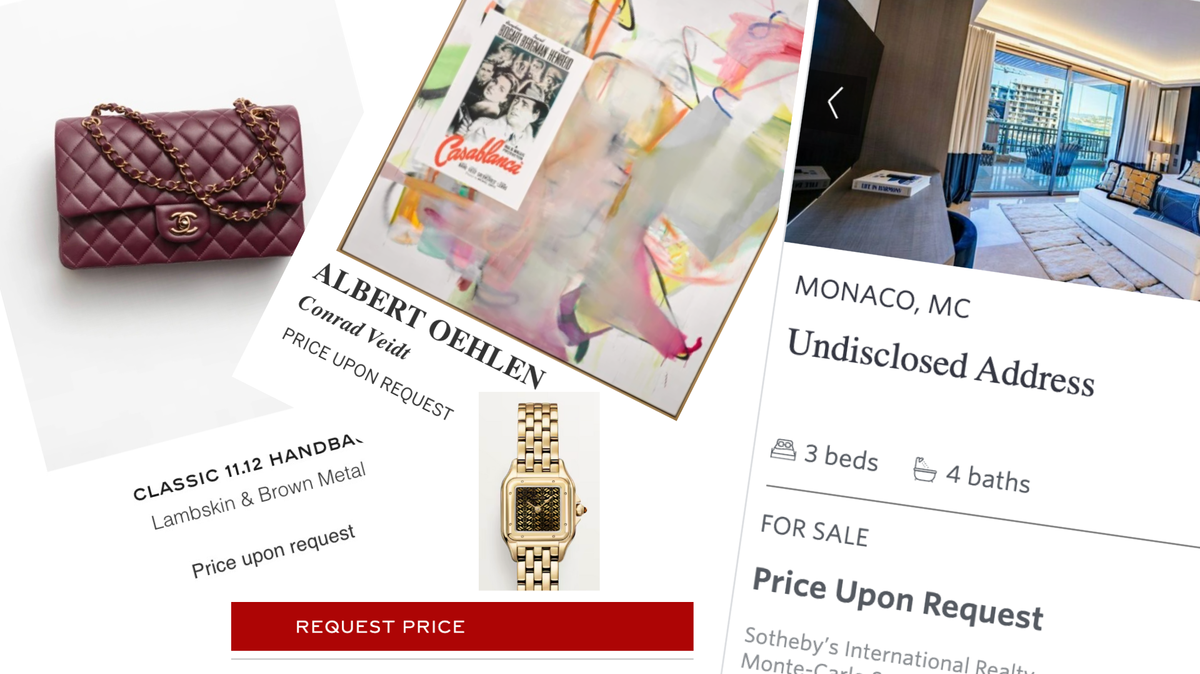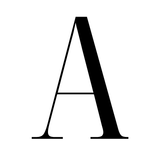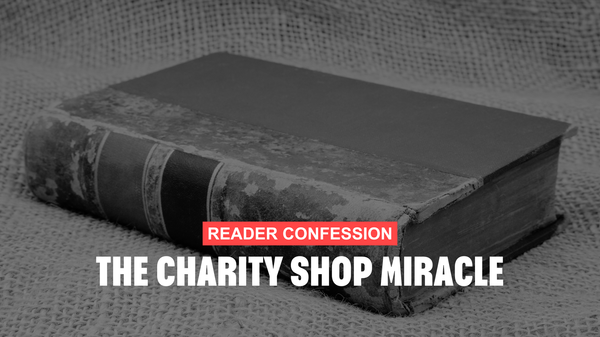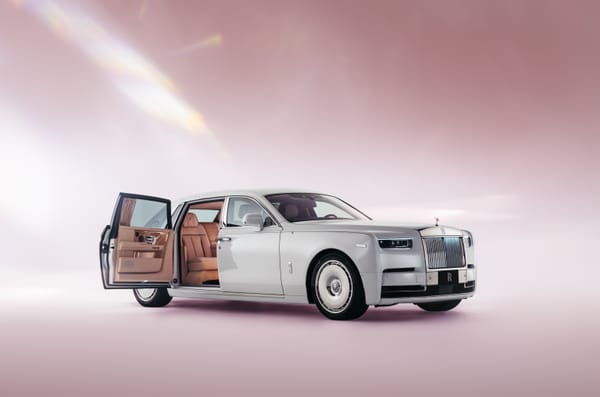Is the "Price Upon Request" still Prestigious?
Price upon Request evokes mystery and exclusivity, dating back to medieval Europe’s royal courts. It’s a tactic to uphold prestige, but in modern times, it also raises ethical concerns and adapts to digital transparency.

In the world of luxury, few phrases carry as much mystique as "Price Upon Request" (PUR) or "Price on Application" (POA). From multi-million-euro real estate to rare art and bespoke jewellery, PUR is a strategy that seems designed to uphold the principles of exclusivity, discretion, and prestige.
But is this tactic as purely symbolic as it appears? A closer examination reveals that it is not just a marketing device, but also a reflection of deeper social and economic dynamics. By delving into its origins and considering its evolution, we can better understand the motivations behind PUR and how it sustains its relevance in the modern world of luxury.





